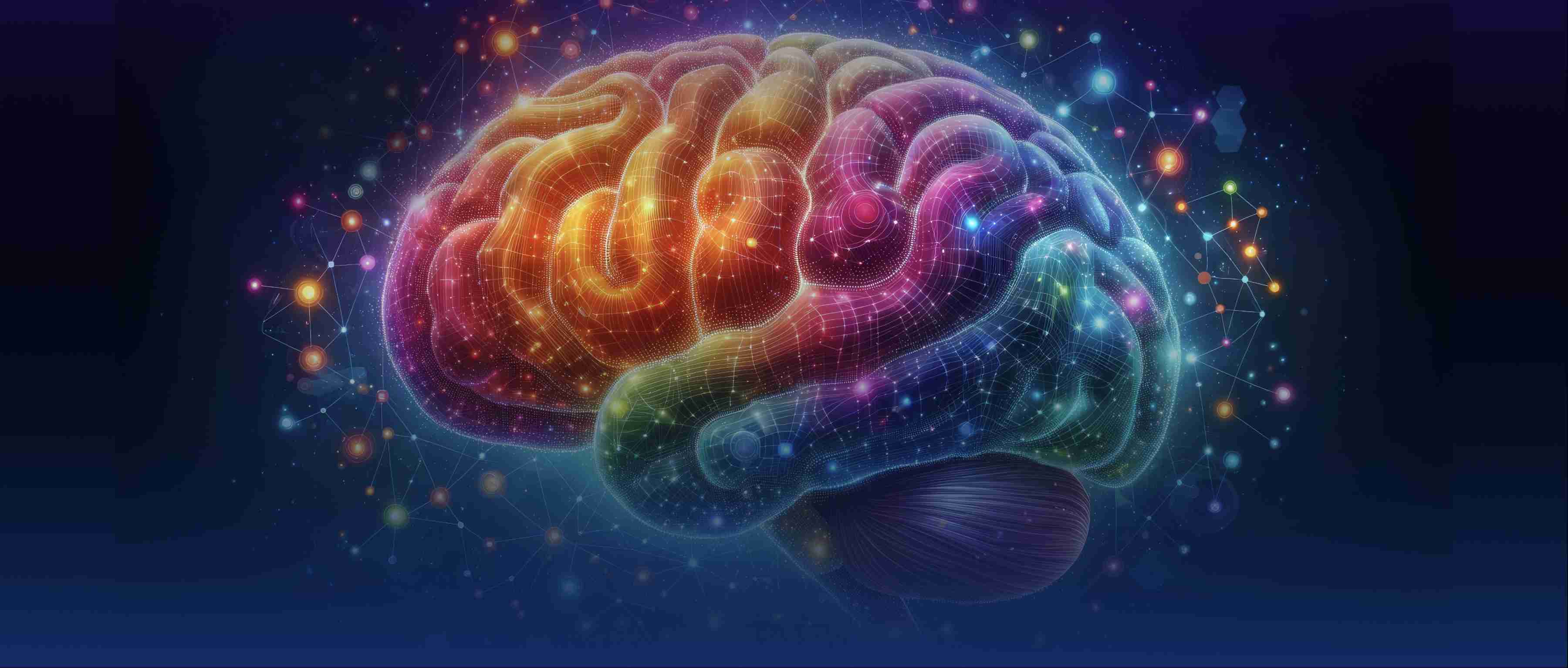Bias in AI can significantly impact how algorithms process information and make decisions, leading to skewed results. When we talk about bias, we refer to systematic errors or unfair treatment in the data or the model itself, which can arise from various sources, such as the data used for training, the design of the algorithm, or the objectives set by the developers. For instance, if an AI model is trained on historical hiring data that favors one demographic group over others, the AI will likely replicate this bias in its future predictions, which may lead to unfair hiring practices.
One common example of bias affecting AI reasoning is in facial recognition technology. Studies have shown that many facial recognition systems have higher error rates for individuals with darker skin tones compared to those with lighter skin tones. This discrepancy can stem from the training datasets not being diverse enough, which means the AI has less exposure to varied types of faces. Consequently, when an AI system encounters a face that it has not been well-trained on, it may misidentify or completely fail to recognize that individual, presenting significant ethical and practical concerns about fairness and accuracy.
To address bias in AI, developers need to take specific steps during the model development process. This includes rigorously evaluating the datasets being used to ensure they represent a diverse array of scenarios and demographics. Additionally, implementing techniques such as auditing algorithms for potential biases and employing fairness-enhancing methods can help reduce bias in AI reasoning. For example, if a developer identifies that their model exhibits bias towards a particular group, they can adjust the training process or implement re-weighting strategies to balance the data sets before retraining the model. By taking these actions, developers can create AI systems that make more equitable and accurate decisions.
